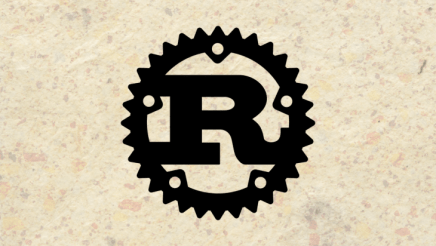
Developers can use both Svelte and React to effectively build web applications. While they serve the same overall purpose, there are distinct differences in how they work.

In this React Transition Group tutorial, learn how to use the CSSTransition and TransitionGroup components in your React app to improve UX.

Bootstrap is known for its responsiveness, whereas proponents of Tailwind CSS typically value the framework’s customizability. Learn why Tailwind CSS is gaining popularity.

In this article, we’ll look at some APIs that can help to create plugins and extend functionality for Gatsby.

In this article, we will be looking at an automated version of Gatsby recipes, a tool used to automate site-building tasks into a single command.

We’ll be looking at how Gatsby uses GraphQL to pull in data at build time and also its implications on performance.

Now it’s possible to change a single typo and rebuild just that targeted change in ten seconds instead of triggering a complete rebuild that can take several minutes!

In this article, we’ll look at how to pass data between different windows (known as processes).

Performant web apps use offline caching and media handling techniques to improve performance and optimize the experience for users running on slow networks.

Netlify’s Split Testing simplifies A/B and beta testing by splitting traffic between multiple Git branches and providing access from the same production URL.

In this post, we’ll look at some machine learning concepts and learn more about Brain.js.

A list of the best Rust web and desktop frameworks. Take a look!